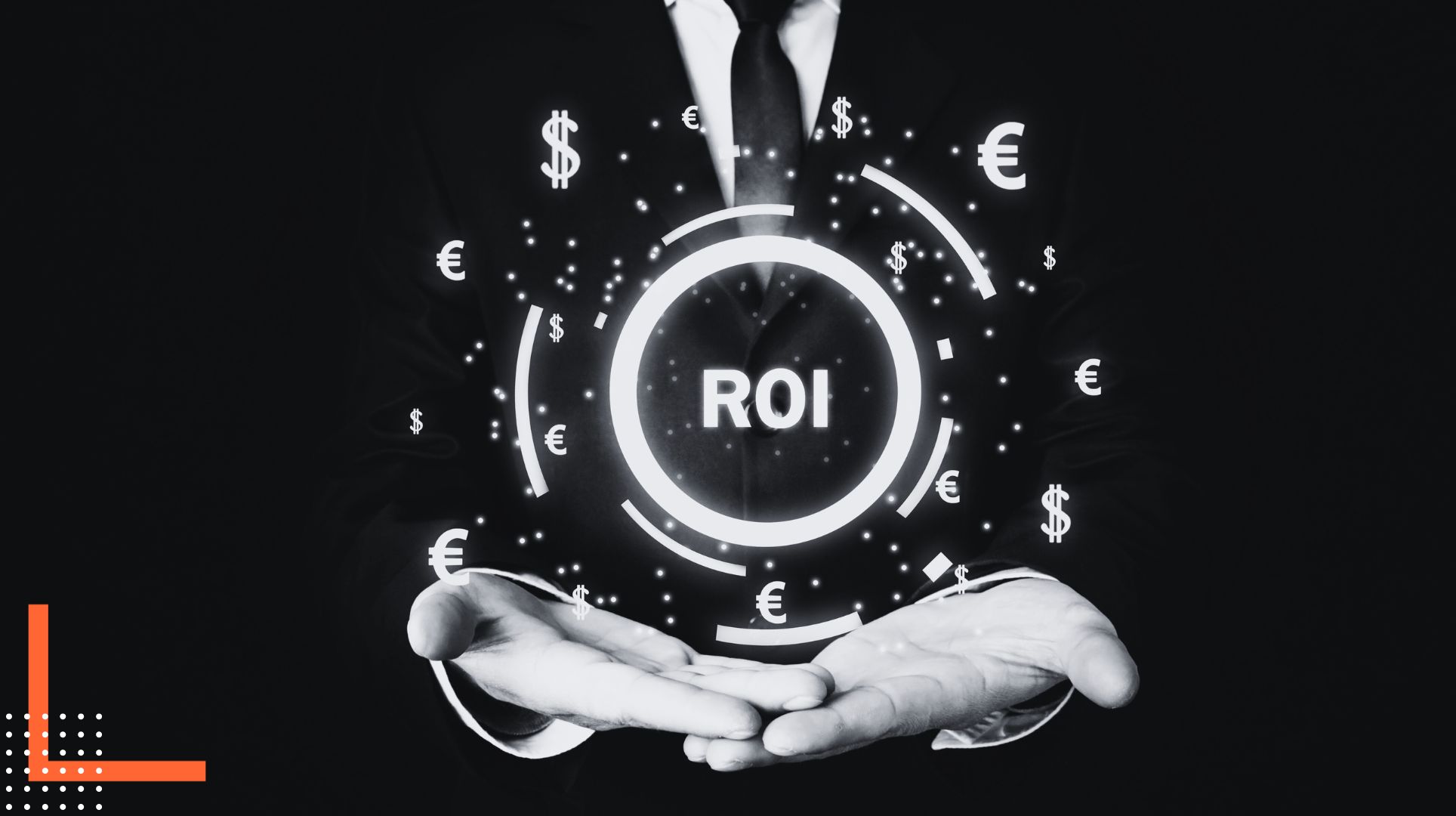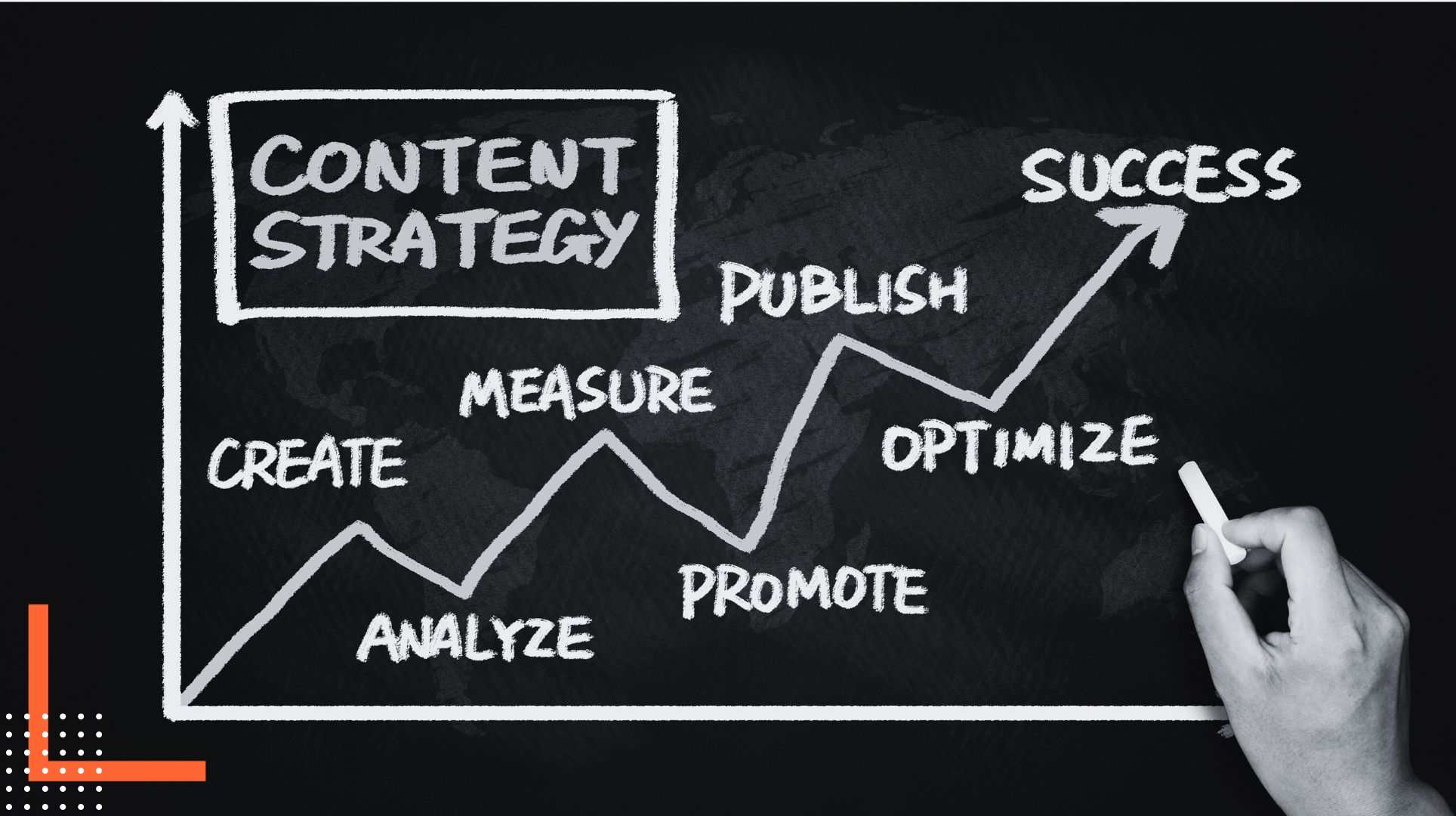Welcome to this comprehensive guide on understanding ROI in marketing. In this article, we will explore the concept of ROI, its importance in marketing, how to calculate it, key metrics for ROI calculation, strategies to improve ROI, and much more. So, let’s dive in and uncover the secrets of maximizing returns on your marketing investments.
Table of Contents
- 1. Introduction
- 2. Definition of ROI
- 3. Importance of ROI in Marketing
- 4. How to Calculate ROI
- 5. Key Metrics for ROI Calculation
- 6. Factors Affecting ROI
- 7. Strategies to Improve ROI
- 8. Measuring ROI for Different Marketing Channels
- 9. Challenges in ROI Measurement
- 10. Tools and Technologies for ROI Tracking
- 11. Future Trends in ROI Analysis
- 12. Conclusion
1. Introduction
In today’s highly competitive business landscape, measuring the effectiveness of marketing efforts is essential. ROI, which stands for Return on Investment, is a crucial metric that helps businesses assess the success and profitability of their marketing campaigns. It provides valuable insights into the financial performance of marketing activities and enables organizations to make data-driven decisions.
2. Definition of ROI
ROI is a financial metric used to evaluate the profitability of an investment relative to its cost. In the context of marketing, ROI measures the return generated from marketing investments compared to the resources invested. It allows marketers to determine whether their campaigns are generating sufficient returns or if adjustments are required to improve the outcomes.
3. Importance of ROI in Marketing
ROI is vital for several reasons in the field of marketing. Firstly, it helps businesses allocate their marketing budgets effectively. By analyzing the ROI of different campaigns or channels, companies can identify the most profitable avenues for investment and optimize their resource allocation.
Secondly, ROI enables marketers to demonstrate the value of their efforts to key stakeholders. Whether it’s securing additional budget or justifying marketing expenditures, ROI provides concrete evidence of the impact and effectiveness of marketing initiatives.
Thirdly, ROI helps businesses identify underperforming marketing campaigns or channels. By measuring ROI, organizations can pinpoint areas where investments are not generating satisfactory returns and take corrective actions to improve results.
4. How to Calculate ROI
Calculating ROI involves a simple formula: (Gain from Investment – Cost of Investment) / Cost of Investment. Let’s break it down:
Gain from Investment: This refers to the returns generated as a result of marketing activities. It can include increased sales, revenue, customer acquisition, or any other measurable business outcome directly influenced by marketing efforts.
Cost of Investment: This encompasses the total expenses associated with marketing activities, such as advertising costs, campaign expenses, agency fees, and other related expenditures.
By dividing the gain from investment minus the cost of investment by the cost of investment itself, we arrive at the ROI percentage.
5. Key Metrics for ROI Calculation
When calculating ROI, it’s crucial to consider the key metrics that contribute to the gain from investment and the cost of investment. Some essential metrics for ROI calculation include:
- Sales Revenue: The total revenue generated from marketing campaigns.
- Customer Acquisition Cost (CAC): The cost incurred to acquire a new customer.
- Lifetime Value (LTV): The estimated revenue a customer will generate during their entire relationship with the business.
- Conversion Rate: The percentage of leads or website visitors that convert into paying customers.
- Marketing Expenses: The total cost associated with marketing activities, including advertising, promotions, and campaigns.
By accurately tracking and analyzing these metrics, businesses can obtain a clearer picture of their ROI and make informed decisions to optimize their marketing strategies.
6. Factors Affecting ROI
Several factors influence the ROI of marketing initiatives. These factors may vary depending on the industry, target audience, and specific campaign objectives. Some common factors that affect ROI include:
- Market conditions and competition
- Marketing channels and platforms used
- Campaign targeting and segmentation
- Creative and messaging effectiveness
- Timing and seasonality
- Product or service quality
- Pricing strategy
- Sales and follow-up processes
Understanding these factors and their impact on ROI is crucial for designing successful marketing campaigns and maximizing returns.
7. Strategies to Improve ROI
To enhance ROI, marketers can implement various strategies tailored to their specific goals and target audience. Here are some effective strategies to consider:
- Segmentation and Personalization: By segmenting the target audience and delivering personalized marketing messages, businesses can increase relevance and engagement, resulting in higher ROI.
- Conversion Rate Optimization (CRO): By continuously testing and optimizing landing pages, call-to-action buttons, and other conversion elements, marketers can improve the conversion rate and subsequently enhance ROI.
- Data-Driven Decision Making: Leveraging data analytics and insights enables marketers to make informed decisions, optimize campaigns, and allocate resources more effectively, ultimately boosting ROI.
- Multichannel Marketing: Utilizing multiple marketing channels, such as social media, email marketing, content marketing, and paid advertising, can expand reach and increase the likelihood of conversions, leading to improved ROI.
- Customer Retention and Upselling: Focusing on customer retention, nurturing existing relationships, and encouraging repeat purchases or upselling can significantly impact ROI by maximizing the lifetime value of customers.
8. Measuring ROI for Different Marketing Channels
Different marketing channels require specific measurement techniques to accurately calculate ROI. Here are some examples:
Online Advertising (PPC): ROI for pay-per-click (PPC) advertising can be measured by tracking conversions and attributing them to specific campaigns or keywords. Analyzing click-through rates (CTRs), cost-per-click (CPC), and conversion rates helps determine the overall ROI.
Email Marketing: Measuring ROI in email marketing involves tracking metrics such as open rates, click-through rates, and conversion rates. Additionally, monitoring the revenue generated from email campaigns compared to the costs associated provides insights into the effectiveness of this channel.
Social Media Marketing: ROI for social media marketing can be determined by implementing marketing analytics and tracking engagement metrics, such as likes, comments, shares, and click-throughs. By assigning a value to these engagements and comparing them to the marketing expenses, businesses can assess the ROI of their social media efforts.
9. Challenges in ROI Measurement
While ROI measurement is essential, it’s not without its challenges. Some common hurdles in accurately measuring ROI include:
- Attributing conversions and sales to specific marketing campaigns or channels
- Dealing with long customer conversion cycles and multi-touch attribution
- Incorporating intangible factors like brand perception and customer loyalty into the ROI calculation
- Ensuring data accuracy and consistency across different systems and platforms
- Accounting for external factors that influence sales and revenue, such as economic conditions or competitor activities
Despite these challenges, businesses can overcome them by implementing robust tracking systems, employing data-driven methodologies, and utilizing advanced analytics tools to measure and optimize ROI effectively.
10. Tools and Technologies for ROI Tracking
Several tools and technologies are available to assist businesses in tracking and analyzing ROI. These tools offer comprehensive analytics, reporting, and attribution capabilities. Some popular tools for ROI tracking include:
- Google Analytics: Provides detailed insights into website traffic, conversions, and campaign performance.
- Marketing Automation Platforms: Offer end-to-end tracking of marketing campaigns, including lead generation, nurturing, and revenue attribution.
- CRM Systems: Enable tracking and analysis of customer interactions, conversions, and revenue generation.
- Attribution Models: Help attribute conversions to the appropriate marketing touchpoints along the customer journey.
- Data Visualization Tools: Facilitate visual representation of ROI metrics and trends, making it easier to identify patterns and opportunities.
By leveraging these tools, businesses can streamline their ROI tracking processes, gain actionable insights, and optimize their marketing strategies.
11. Future Trends in ROI Analysis
As marketing continues to evolve, so does ROI analysis. Some emerging trends in ROI analysis include:
- Predictive Analytics: Using machine learning algorithms and predictive modeling to forecast future ROI based on historical data and market trends.
- Cross-Channel Attribution: Advancements in attribution models that attribute conversions accurately across multiple marketing touchpoints, considering the influence of each channel.
- AI-Powered Marketing Analytics: Utilizing artificial intelligence to analyze vast amounts of data, identify patterns, and provide actionable recommendations for optimizing ROI.
- Integration of Offline and Online Data: Connecting offline customer data, such as in-store purchases, with online marketing efforts to gain a holistic view of ROI and customer behavior.
- Emphasis on Customer Lifetime Value (CLTV): Shifting focus from short-term ROI to long-term customer value, considering factors such as repeat purchases, upselling, and customer loyalty.
By embracing these future trends, businesses can stay ahead of the curve and make data-driven decisions to maximize ROI in an increasingly complex marketing landscape.
12. Conclusion
ROI is a fundamental metric in marketing that enables businesses to assess the profitability and success of their marketing campaigns. By understanding and calculating ROI, marketers can optimize their resource allocation, justify marketing expenditures, and make data-driven decisions. It is crucial to measure ROI accurately, considering the key metrics and factors that influence it. By implementing effective strategies, leveraging the right tools, and staying abreast of emerging trends, businesses can continuously improve their ROI and drive sustainable growth.







